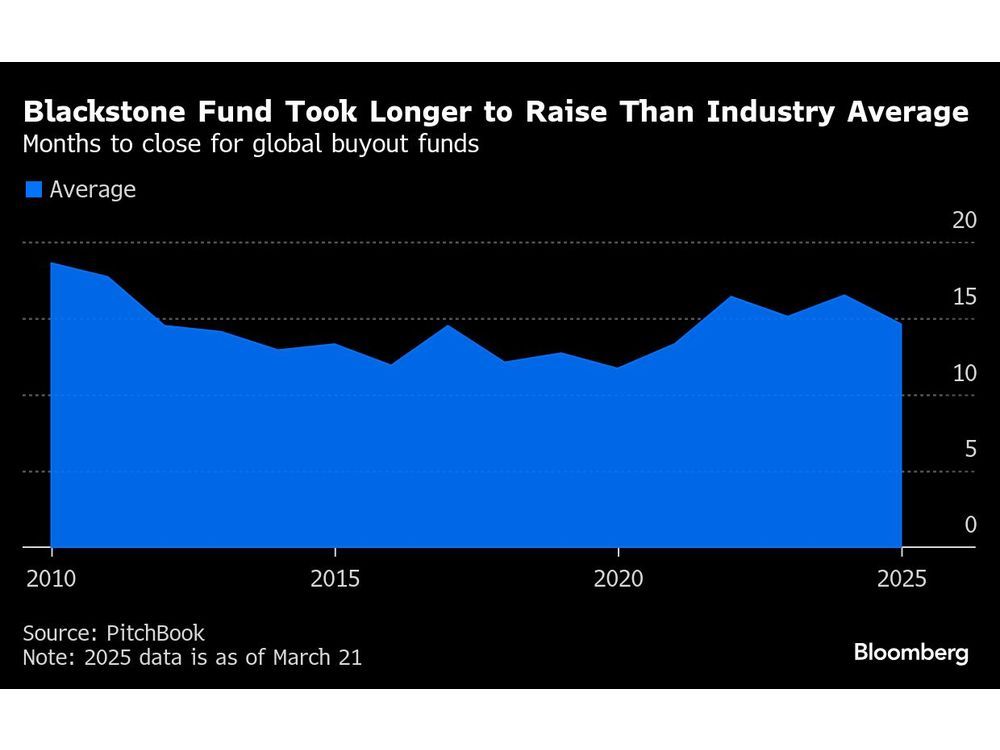Every business needs unique and effective pricing strategies to succeed in a competitive market. Penetration pricing is one such strategy, where businesses set a low initial price for their products or services to gain market share. This pricing strategy can be used in various markets and for different product types.
Moreover, penetration pricing can be a very effective method to increase market share and boost sales in the short term. However, businesses need to be aware of the risks involved in this strategy, such as the potential for price wars and commoditization.
What is Penetration Pricing
Penetration pricing is a marketing technique that uses a lower price for the first time to attract consumers to a new product or service. The lower price helps a new product or service get established in the market and attract consumers to beat the competition.
Penetration pricing aims to get as many people aware of a new product as possible by starting with low prices. In simple terms, penetration pricing is when a business sells a product or service below the market price to achieve market dominance.
Benefits of Penetration Pricing
There are several benefits that businesses can reap by using penetration pricing as their pricing strategy.
- Increased Sales Volumes: Penetration pricing can help businesses increase their sales volumes. This is because businesses can attract more customers with lower prices, and these customers are likely to make more purchases than they would have at higher prices.
- Market Share Gain: By offering lower prices than competitors, businesses can gain a lot of market share. This can be extremely beneficial for businesses, especially if they are new to the market and are looking to establish themselves.
- Short-term gains: In the short term, penetration pricing can help businesses boost their profits. This is because businesses can generate more sales at lower prices. However, it is important to note that this strategy should not be used in the long term, as it can lead to losses.
- Brand awareness: Penetration pricing can also help businesses increase their brand awareness. This is because lower prices will attract more customers, and these customers are likely to tell others about the products or services they have purchased. This will lead to more word-to-mouth marketing, which can be extremely beneficial for businesses.
Downsides of Penetration Pricing
There are also some downsides that businesses need to be aware of before using penetration pricing as their pricing strategy.
- Price wars: One of the main downsides of penetration pricing is that it can lead to price wars with competitors. This is because if one business starts offering lower prices, others will likely follow suit to stay competitive. This can lead to businesses losing money, as they will be selling their products or services at lower margins.
- Low profitability: If you are selling something that is priced below the market average, you will likely make less profit per sale. This can be a problem for businesses, especially if they are relying on penetration pricing as their main source of income.
- Not sustainable in the long term: Penetration pricing is not a sustainable pricing strategy in the long run. This is because businesses will eventually have to raise their prices to make a profit. If they do not, they will likely go out of business.
- Customer expectations: Another downside of penetration pricing is that it can create unrealistic customer expectations. This is because customers who are used to low prices may be unwilling to pay more when the prices eventually go up. This can lead to them taking their business elsewhere, which can be detrimental to businesses.
Is Penetration Pricing a Good Idea?
Penetration pricing can be a good idea for businesses as long as it is used correctly. It can help businesses increase their sales, market share, and brand awareness.
However, businesses need to be aware of the downsides of this pricing strategy before using it, as it can lead to price wars and low profitability.
The goal is to generate a lot of sales in the short term, but businesses need to be sure that they can raise prices eventually or they can’t sustain themselves in the long run.
If you are thinking of using penetration pricing as your pricing strategy, make sure that you understand all of the risks and benefits involved as this will help you make the best decision for your business. When used correctly, penetration pricing can be a great way to increase sales and market share.
Conclusion
Penetration pricing can have some great benefits for businesses, but it’s important to be aware of the risks involved before using this pricing strategy. When used correctly, it can be a great way to increase sales and market share. So before you use penetration pricing as your go-to pricing strategy, make sure you understand all of the pros and cons involved.
Further questions
What's your question? Ask it in the discussion forum
Have an answer to the questions below? Post it here or in the forum

